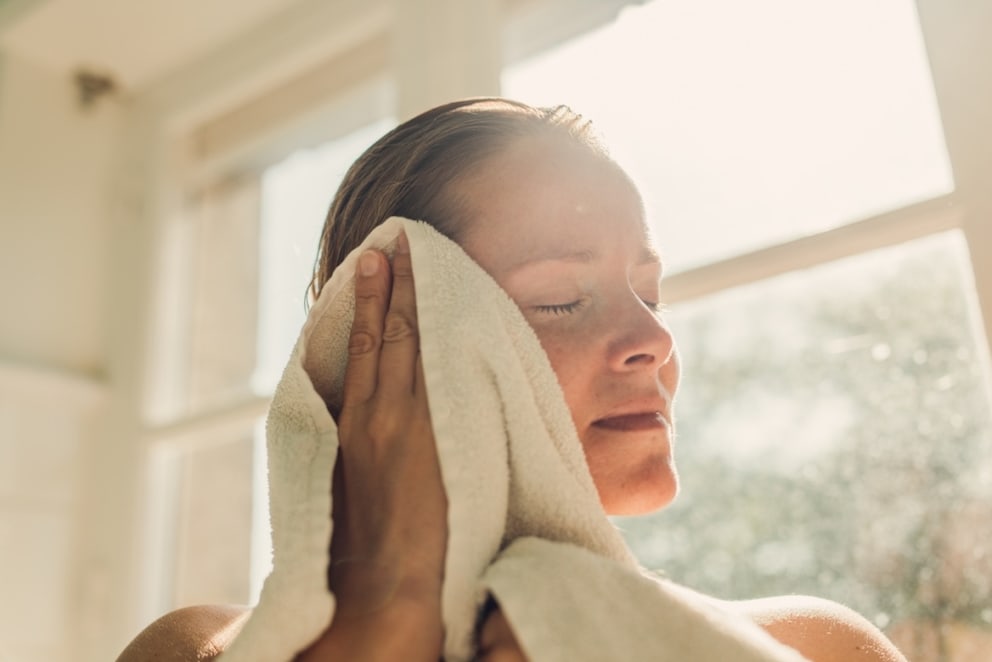June 3, 2025, 3:17 pm | Read time: 3 minutes
Some of you are likely familiar with this: Summer calls, temperatures rise, and so does the anticipation for shorts and breezy dresses. However, with the first summer temperatures, many people also notice small, red heat rashes appearing on their bodies. But how does this itchy rash develop, and what can be done about it? STYLEBOOK has the answers.
Heat rash thrives in warm temperatures and usually appears as a red, itchy skin rash. But there’s no need to worry–these small red spots are mostly harmless and can be alleviated or even completely avoided with these tips.
Overview
How Heat Rash Develops
Heat rash, also known as miliaria, primarily occurs due to heat and sweat. When summer temperatures rise, we naturally sweat more. If sweat cannot properly evaporate from the skin’s surface, pores become clogged–resulting in itchy red inflammations or light spots on the skin. Another factor that promotes the development of heat rash is tight clothing.
In warm weather, it causes friction and can further block sweat ducts. Heat rash often appears in areas of the body that are warm and experience friction–such as the back, chest, groin, or underarms. However, even though they may feel and look unpleasant, these small bumps are generally harmless and can disappear within a few days with proper care.
How to Avoid Heat Rash
To prevent heat rash from developing in the first place, direct sunlight should be avoided as much as possible. Those who sweat a lot should shower regularly to wash away excess sweat–and then dry the skin thoroughly, especially in skin folds. Gentle exfoliants, such as enzyme or fruit acid peels, can also help keep pores clear and prevent blockages. However, if the rash is already present, caution is advised: exfoliants should be avoided to prevent further irritation of the skin.

Care should also be taken with skincare. Rich sunscreens or perfumed lotions can irritate the skin and clog pores. It’s better to opt for light creams suitable for sensitive skin.
Choosing the Right Clothing
When it comes to clothing, it’s worth paying attention. Ideal choices are airy, lightweight fabrics like cotton, viscose, or linen. Loose cuts and light colors also help the skin breathe, even on hot days.
Synthetic fibers like polyester, elastane, or nylon have little breathability, which can lead to increased sweating, unpleasant odors, and–consequently–heat rash in the summer.
An often underestimated trick: regularly wash clothing with a mild detergent. If you’ve sweated heavily and wear the garment again without thoroughly cleaning it, bacteria can accumulate in the fibers–further clogging pores and promoting inflammation.

3 Things You Should Avoid on Flights for the Sake of Your Skin

In the Test: How Good Is a Period Bikini Really?

Darya Strelnikova on the Desire to Have Children: “The Question Is Never Asked When You’re Single”
What Helps Against the Rash
If the small bumps are already present, cooling compresses and cold showers can help relieve itching. It’s also important to avoid wearing tight clothing to allow the skin to breathe. Special gel creams and ointments can soothe the irritated areas. It’s also advisable to avoid direct sunlight for a while to give the skin time to recover.

